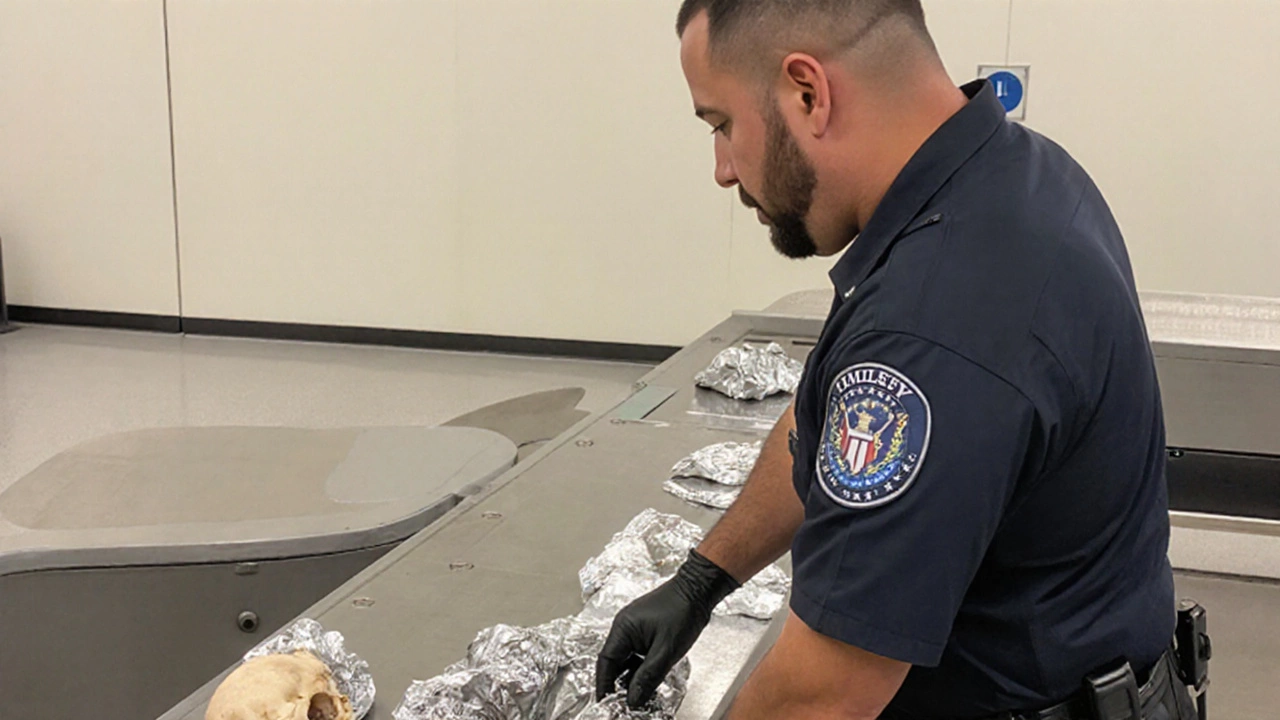Tampa Airport Human Remains
When dealing with Tampa airport human remains, the discovery of unidentified bodies or remains at or near Tampa International Airport. Also known as airport casualty cases, it brings together law enforcement, forensic specialists, and airport management to secure the site, identify the individual, and inform families. The process hinges on forensic investigation, the scientific analysis of DNA, dental records, and personal effects and follows strict Florida regulations, state laws that dictate evidence handling, autopsy procedures, and record‑keeping. Together, these entities create a chain: the airport provides the scene, forensic teams collect evidence, and the state legal framework ensures proper processing. This trio—airport, forensics, and state law—forms the backbone of any response to human remains at Tampa International.
How the pieces fit together
The presence of human remains triggers a rapid response because security and public safety are top priorities. Airport security, the team that monitors passengers and cargo must cordon off the area, preserve evidence, and coordinate with first responders. Meanwhile, search and rescue units, trained personnel who locate missing individuals and retrieve remains may be called in if the discovery is linked to a broader incident. The forensic lab then applies DNA profiling, compares dental charts, and uses biometric data to match the remains to missing‑person reports. All of this happens under the oversight of the Florida Department of Law Enforcement, which sets the procedural standards and ensures that every step complies with state statutes. In short, airport security enables a controlled environment, search and rescue expands the scope of investigation, and forensic analysis delivers the scientific proof needed to close a case.
Readers who follow this tag will see a mix of real‑world updates, expert commentary, and case studies that illustrate how each component works in practice. From the initial discovery to the final identification report, the articles break down the technical steps, highlight the human side of the investigations, and explain the legal backdrop that governs every action. Whether you’re a aviation professional, a forensic student, or just curious about how such sensitive situations are handled, the collection below offers clear, practical insight into the full lifecycle of Tampa airport human remains incidents.
